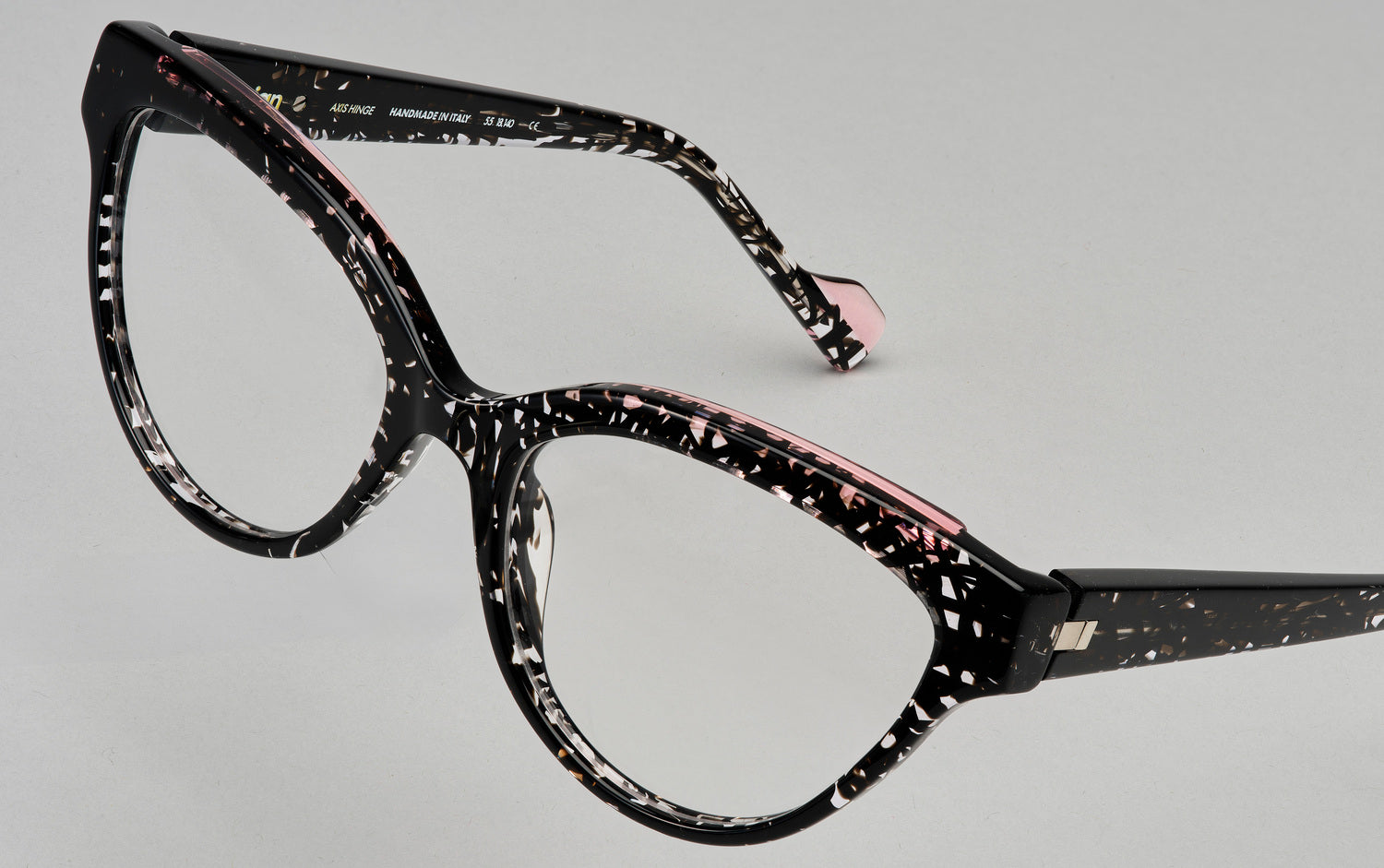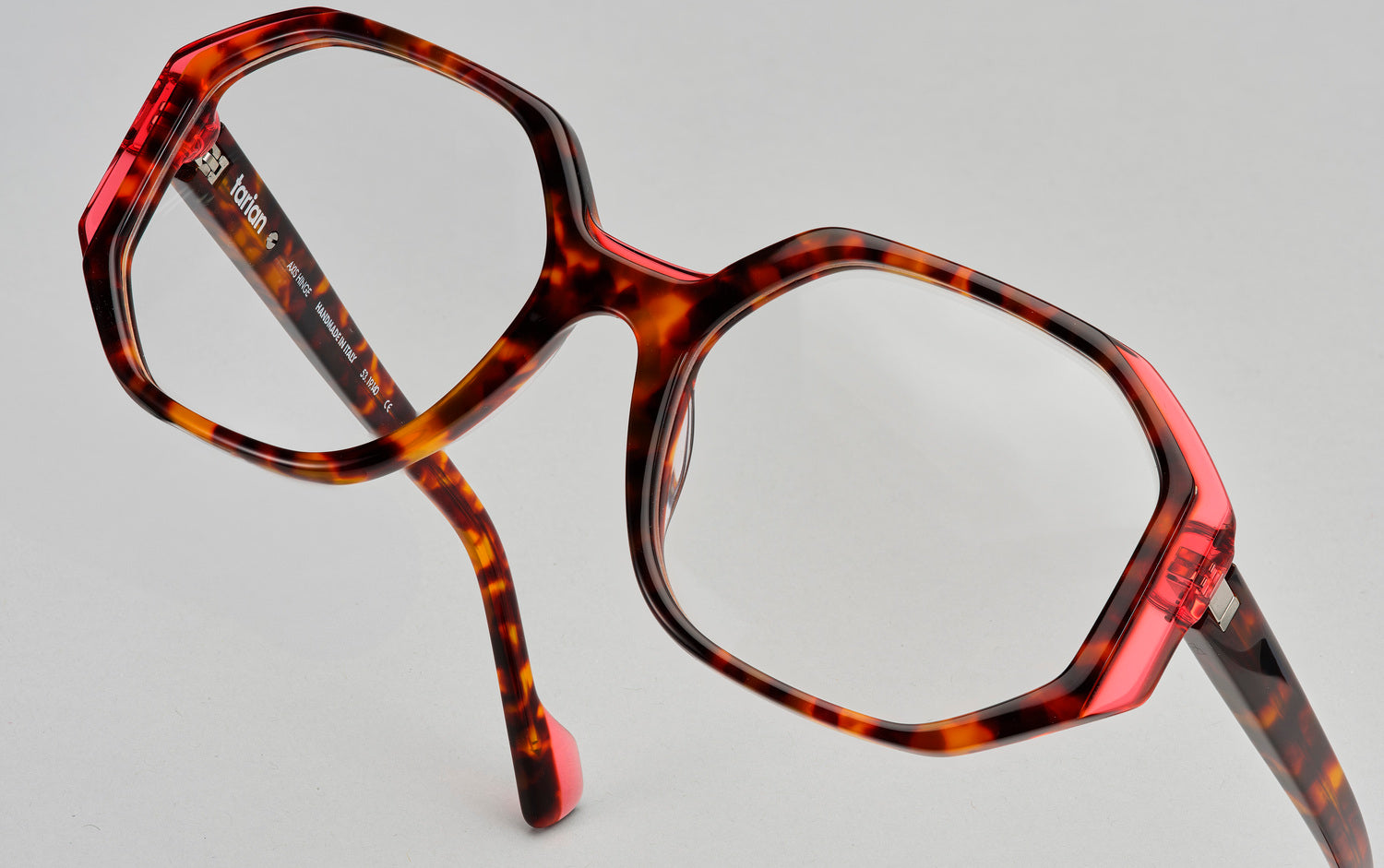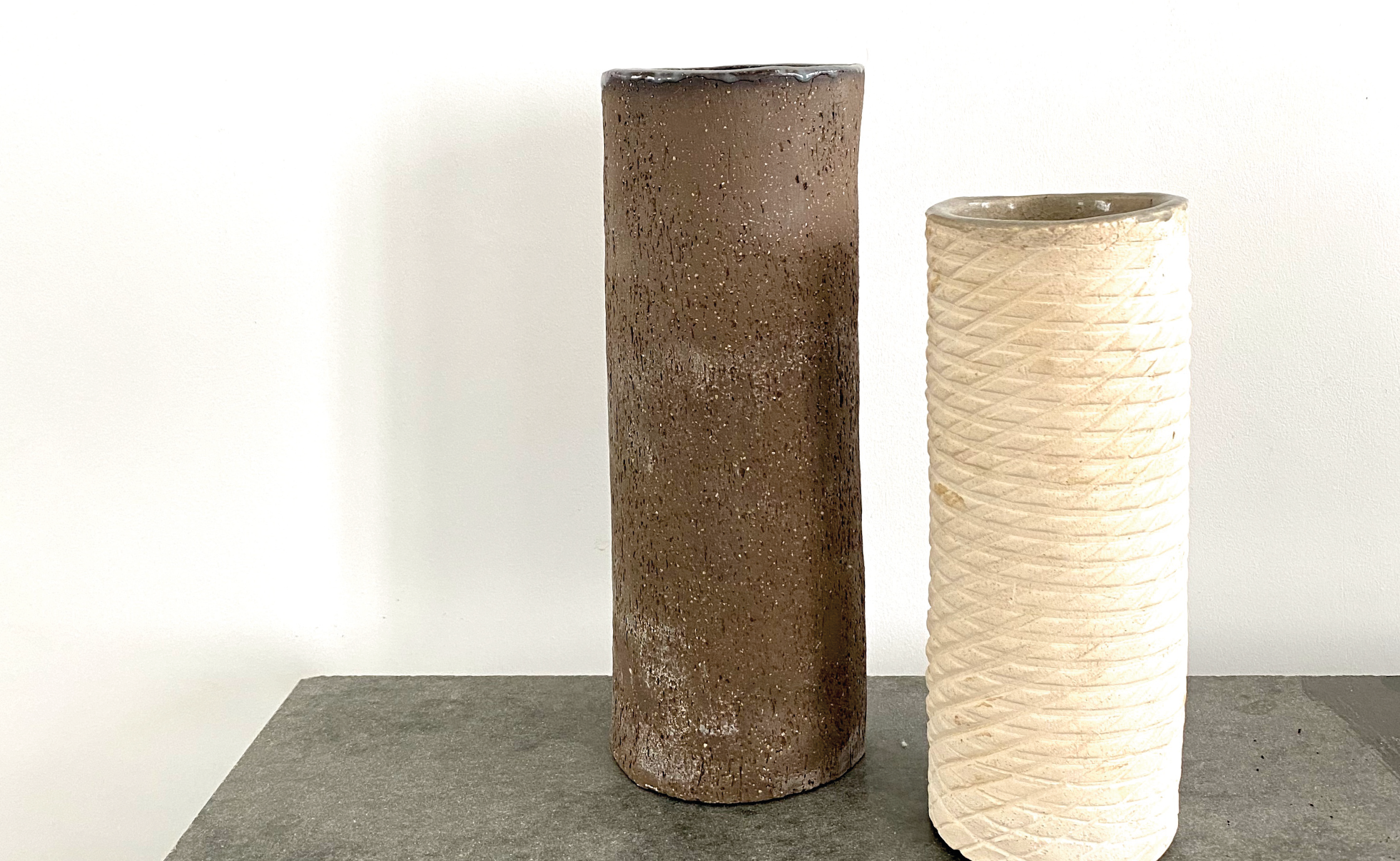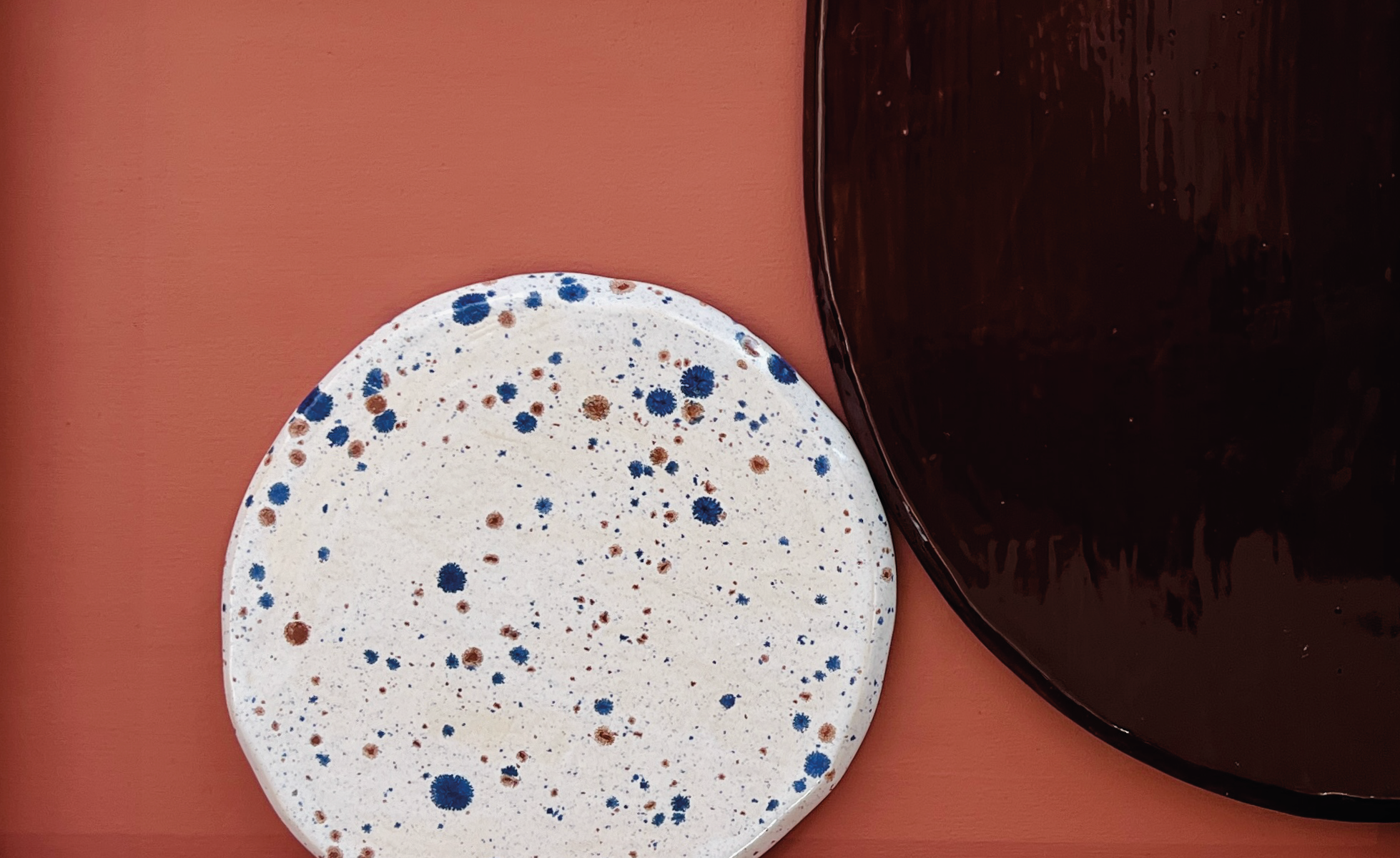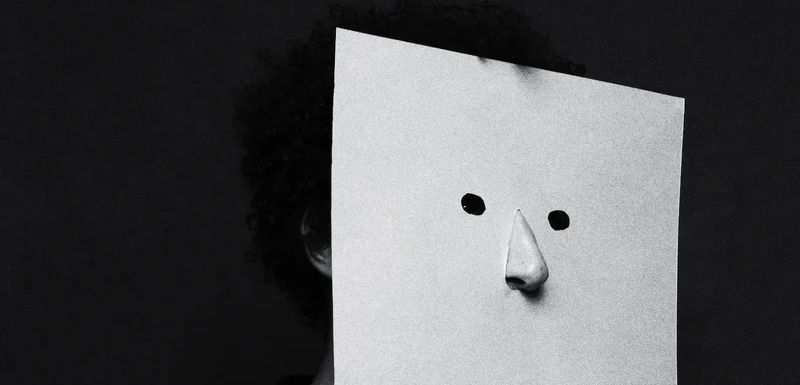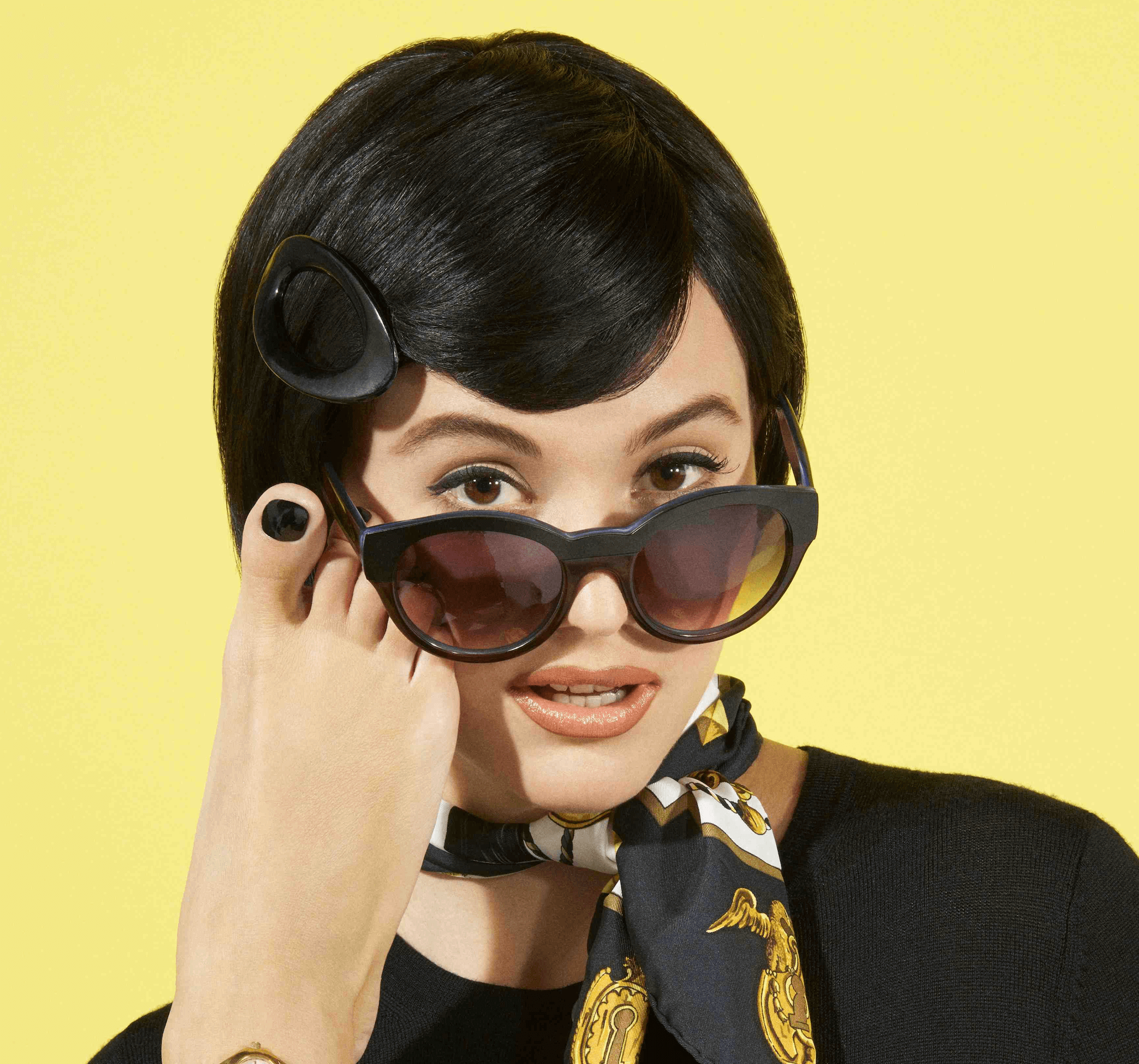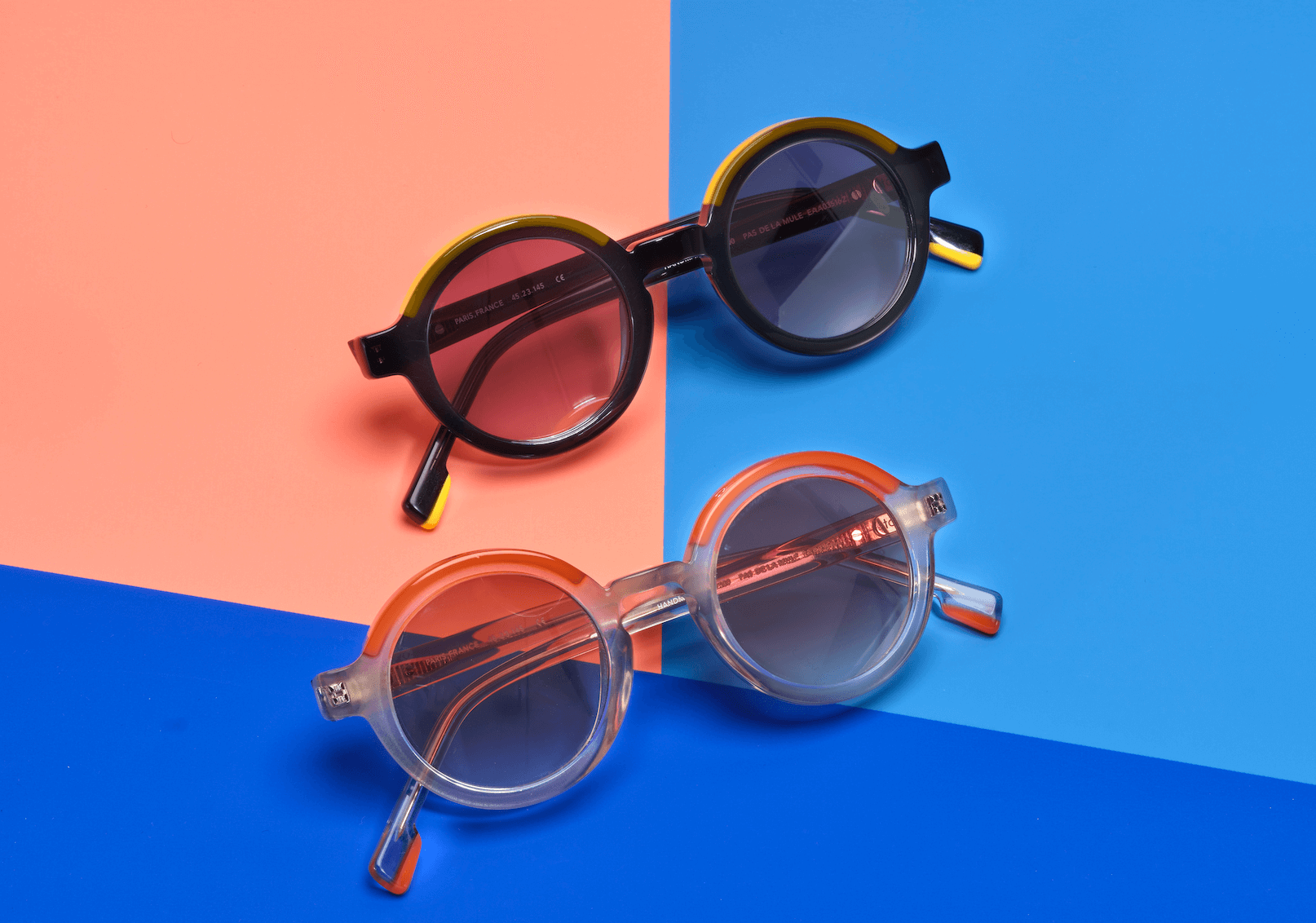
The Art of Choosing the Colour of Your Sunglasses Lenses: Aesthetics and Functionality
Imagine you're embarking on an epic journey, not through treacherous landscapes, but through the bustling streets of your city, the uncharted wilderness of your local park, and the ever-changing terrain of your daily life. Your mission? To find the ultimate sunglass lens colour that doesn't just sit pretty on your nose but becomes a trusty sidekick in your every adventure.
Classic Colours
Grey Lenses
Grey lenses are often dubbed the 'jack-of-all-trades' when it comes to lens colours. In the heart of the city, amidst the concrete jungle where the sun reflects off every surface, we discover the magic of grey lenses. Like a wizard's cloak, these lenses don't dazzle with color but offer a power just as enchanting: the power of true color perception. Grey lenses cut through the chaos, reducing brightness without casting the world in shadow. They are the unsung heroes for drivers and athletes, ensuring that traffic lights and golf greens are seen in their authentic hues.
- True Colour Perception: Grey lenses do not enhance or subdue any colours, offering a natural view.
- Reduced Brightness: These lenses can effectively cut down on the intensity of light without making the environment appear dim.
- Versatility: Suitable for a wide range of activities and light conditions.
Brown Lenses
Brown lenses are the go-to choice for enhancing contrast and depth perception. They filter out blue light, making them particularly useful in overcast or hazy conditions. This makes them popular among fishermen, golfers, and drivers who need to quickly discern objects against similar backgrounds.
- Enhanced Contrast: Brown lenses can make green and blue objects pop, which is useful for activities like golf where you need to track a small object against a large, similarly coloured background.
- Reduced Eye Strain: The colour minimises glare and reduces the strain on your eyes, making it easier to focus for extended periods.
- Improved Depth Perception: The enhanced contrast makes it easier to judge distances, a crucial advantage in sports and driving.
Green Lenses
Visualize a long drive under a glaring sun. Green lenses strike the perfect balance, reducing glare while preserving color balance. Traffic lights and signs stay true to color, making your journey safer and less straining on the eyes.
- Balanced Vision: Green lenses offer a good balance between contrast and clarity, making them suitable for many activities.
- Reduced Glare: These lenses can filter out glare without affecting vision, making them ideal for driving.
- Comfort: The natural hue is easy on the eyes, making it suitable for prolonged wear.
Trendy Colours and Their Effects
Blue Lenses
Envision hitting the snowy slopes or sailing on bright waters. Blue lenses are not just a fashion statement but a functional guard against glare in these highly reflective environments, adding a touch of style to your adventurous pursuits.
- Aesthetic Appeal: Blue lenses are often chosen for their stylish look.
- Reduced Glare: Particularly useful in snowy or watery environments.
- Colour Distortion: Not ideal for activities requiring true colour perception.
Pink and Rose Lenses
Early morning or late afternoon, when the light is soft, pink and rose lenses come to the rescue. They calm your eyes and improve visibility, making them perfect for those serene moments at sunrise or sunset.
- Calming Effect: The colour can be easier on the eyes, offering comfort.
- Improved Road Visibility: Useful for driving during sunrise or sunset.
- Not for Bright Light: These lenses do not offer the best protection against bright light and are not suitable for midday outdoor activities.
Gold and Yellow Lenses
Gold and yellow lenses are excellent for low-light conditions. They can provide depth and contrast, making them popular among shooters, skiers, and indoor athletes. However, they are not recommended for bright, sunny days.
- Enhanced Depth Perception: These colours can improve contrast and depth in low light.
- Versatility: Suitable for a variety of indoor and outdoor activities in low light.
- Limited Sun Protection: Not ideal for bright, sunny conditions due to lower levels of light reduction.
Specialised Colours for Specific Activities
Fishing: Polarised Green or Copper Lenses
When it comes to fishing, the colour of your lenses can make a significant difference. Polarised green or copper lenses are often recommended because they offer high contrast and can help you see through the water's surface.
- High Contrast: Helps in spotting fish and underwater structures.
- Glare Reduction: Polarisation reduces glare from the water surface.
- Limited Versatility: These lenses are specialised and may not be ideal for other activities.
Skiing: Yellow or Amber Lenses
For skiing, yellow or amber lenses are often recommended. These colours can improve contrast, which is crucial when you're navigating slopes with varying snow conditions.
- Improved Contrast: Helps in differentiating between snow and ice.
- Enhanced Depth Perception: Useful for navigating slopes.
- Not Ideal for Bright Light: These lenses may not offer sufficient protection on sunny days.
Driving: Grey or Polarised Lenses
Driving requires lenses that reduce glare and improve contrast without distorting colours. Grey or polarised lenses are often recommended for this purpose.
- Reduced Glare: Especially useful for driving around water or open fields.
- True Colour Perception: Grey lenses don't distort colours, making traffic lights easily recognisable.
- May Be Too Dark: In low-light conditions, these lenses might be too dark, requiring a change of glasses.
Cycling: Photochromic Lenses
Photochromic lenses are excellent for cycling as they adjust to varying light conditions, making them versatile for both shaded paths and sunny roads.
- Adaptive: Adjusts to different lighting conditions automatically.
- Convenience: No need to switch glasses during the ride.
- Cost: These lenses can be more expensive than regular lenses.
How Lens Colour Affects UV Protection
When it comes to UV protection, many people assume that darker lenses offer better protection against harmful UV rays. However, this is a common misconception. The colour of the lens has little to do with the level of UV protection they offer. Instead, it's the quality of the lens material and any additional coatings that determine how well your eyes are protected.
UV Protection and Lens Colour
- Dark Lenses: Contrary to popular belief, dark lenses do not necessarily offer better UV protection. They can, however, cause the pupils to dilate, allowing more light (and potentially more UV radiation) to enter the eyes.
- Light Lenses: Lighter lenses can offer just as much UV protection as darker ones. The key is to look for lenses that are labelled as offering 100% UV protection.
- Coloured Lenses: Whether they're green, blue, or pink, the colour of the lens doesn't inherently offer UV protection. Always check the UV protection level when choosing coloured lenses.
Special Coatings for UV Protection
Many high-quality lenses come with special coatings that offer additional UV protection. These coatings are clear and don't affect the colour of the lens or your vision. They can be applied to lenses of any colour.
- Enhanced Protection: Special coatings can block up to 100% of UVA and UVB rays.
- Increased Cost: Lenses with UV coatings can be more expensive.
- Limited Availability: Not all lenses come with the option for UV coatings.
If you'd like to learn more about UV glasses, read our article here!
The Importance of Quality
When it comes to UV protection, the quality of the lens is more important than the colour. Always opt for high-quality lenses from reputable manufacturers. Look for labels that specify the level of UV protection, and when in doubt, consult with an optician.
While the colour of your lenses can greatly affect your visual comfort and style, it's not the determining factor in how well you're protected from UV rays. Always prioritise quality and UV protection levels when choosing your sunglasses.
Tips for Choosing the Right Lens Colour
Choosing the right lens colour for your sunglasses is a balancing act between aesthetic appeal and functional utility. Here are some tips and questions to consider when making your choice.
Consider Your Daily Activities
- Outdoor Sports: If you're into outdoor sports like fishing or hiking, you might benefit from lenses that offer high contrast, such as amber or brown lenses.
- Driving: For driving, lenses that reduce glare and improve contrast are ideal. Grey and brown are often recommended for this purpose.
- Fashion: If you're looking for sunglasses primarily for fashion, then the sky's the limit! Go for colours that you feel express your personal style.
Think About Your Wardrobe
- Neutral Wardrobe: If your wardrobe mainly consists of neutral colours, you might enjoy a pop of colour in your sunglasses.
- Colourful Wardrobe: If you already wear a lot of colours, you might prefer neutral lens colours like black or brown to make it easier to pair with different outfits.
Assess the Lighting Conditions
- Bright Light: In very bright conditions, darker shades like black or grey can be more comfortable.
- Low Light: In lower light conditions, lighter shades like yellow or amber can improve visibility.
Skin Tone Matters
Your skin tone can also influence how a lens colour looks on you. Warmer skin tones might find brown and gold lenses more flattering, while cooler skin tones might prefer black or blue lenses.
Try Before You Buy
Whenever possible, try on multiple pairs with different lens colours to see how they affect your vision and how they look on you. Most opticians have a variety of options you can try on in-store.
The choice of lens colour extends beyond mere aesthetics, intertwining deeply with functionality and environment-specific benefits. Whether it's navigating the urban glare, enhancing outdoor adventures, or optimising sports performance, the right lens colour can profoundly impact visual comfort and effectiveness. Therefore, when selecting sunglasses, it's essential to consider not just style but also the practicality of lens color based on individual lifestyle and activities. Ultimately, the perfect balance of beauty and utility in sunglass lenses empowers you to not only see the world more vividly but to live in it more vibrantly.
For more information on eye health related to UV rays, check this very interesting WebMd article on the topic.

